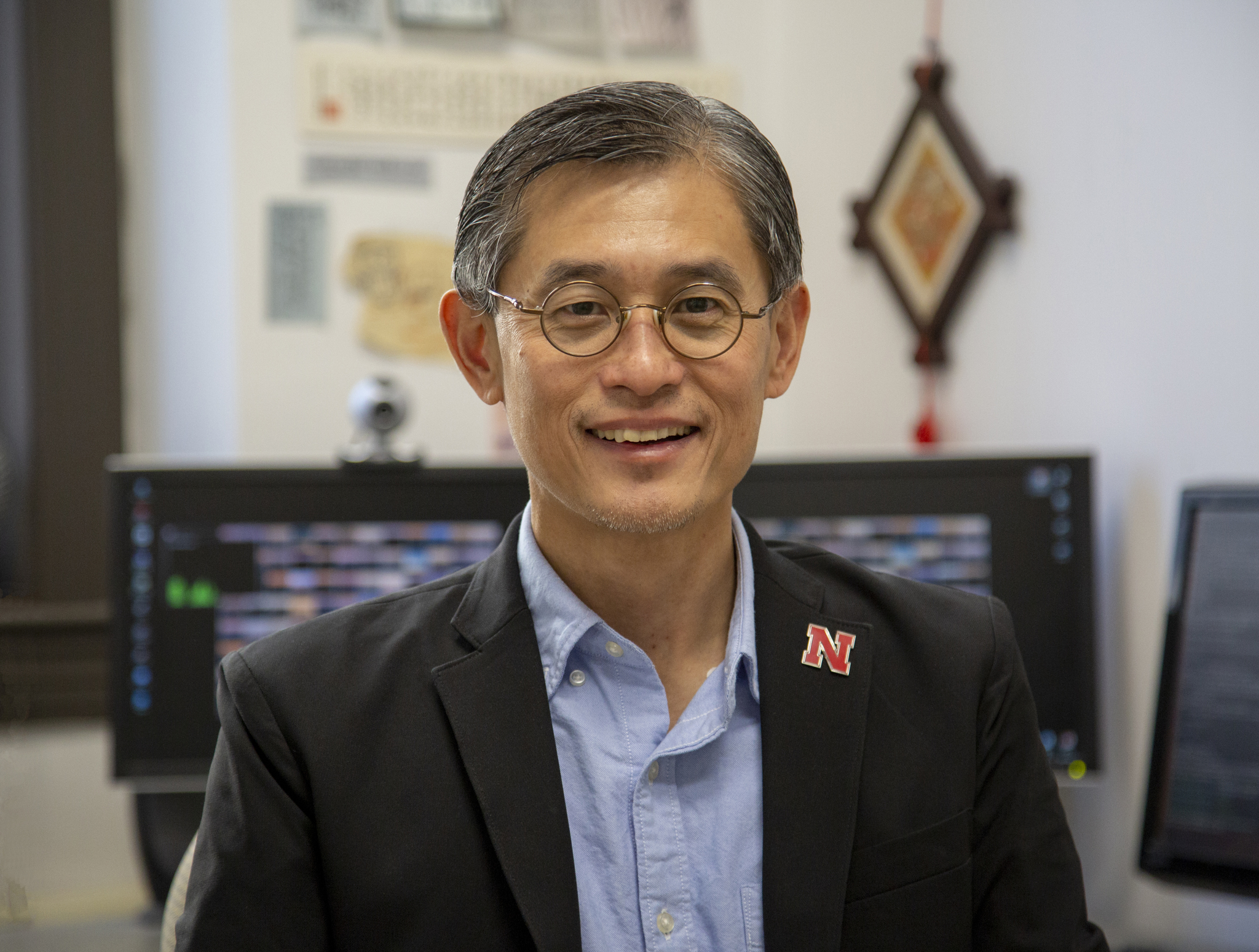Sep 13, 2019
By Victoria Grdina

A team of University of Nebraska-Lincoln researchers have received a new $1.6 million grant from the National Geospatial-Intelligence Agency (NGA) that will allow them to dive deeper into a project that could help predict the development of social issues around the world.
Computer Science and Engineering professors Leen-Kiat Soh and Ashok Samal will collaborate with professor Regina Werum of the Department of Sociology, professor Mike Hayes from the School of Natural Resources, and CSE Ph.D. graduate Deepti Joshi, who is now an associate professor at The Citadel, the Military College of South Carolina.
The new grant will allow the team to expand on research they began in 2016. The initial project involved analyzing sets of data related to social unrest events—ranging from violent protests to peaceful sit-ins—in areas of the world such as India, Pakistan, and Bangladesh, and using the results to predict future events.
“It’s important to understand if there are factors that we could use to anticipate social unrest events, or also if there are factors that could mitigate, enable, and make them even worse,” Soh said. “From the computer science side, we want to know if there are algorithms or processes we can come up with to link data to social unrest.”
The research team used data mining to derive statistics and information from sources such as tweets, news articles, censuses, and online records. The data was then divided into three main categories: 1) Infrastructures that facilitated the spread of social unrest such as communication tools, transportation, internet access, schools, and post offices, 2) Triggers that directly caused or contributed to events such as violent incidents, elections, policy changes, or leader deaths, and 3) Socioeconomic and other “fuel” factors that may have served as the underlying long-term motivators for events such as high unemployment rate, high infant mortality rate, and low literacy rate.
After data was collected and analyzed, the research team used multi-agent simulations to model several events, their varying properties, their contributing factors, and their outcomes in order to develop a predictive algorithm. This task is non-trivial as it deals with highly complex systems with many moving parts and nonlinear relationships among factors and actors. The team is working on developing models and algorithms to capture the triggers and fuel factors, and the role of infrastructures in how unrest evolves in a region.
In this next phase of research, the team will try to develop a more robust algorithm by analyzing more factors from more countries around the world. They’ll include cultural factors such as evolving technology, generational trends, religious issues, and tensions between different cultures in the same location. They’ll also include environmental factors such as drought, flood, natural disasters, and the repercussions of shifting climate on citizens and economies.
According to Soh, developing an accurate algorithm will not only require examination of events, but also the other events that followed.
“We found it’s not straightforward to simulate the social unrest event across time and space,” Soh said. “For the simulation to match the real-world event, we also need to have reports on the counter-events and capture the events that happened to mitigate.”
This next phase of the research project will examine those counter-events—such as government intervention or retaliation—that occurred as a response or result of previously studied events. But data on those events isn’t always easy to collect.
“We found that some social unrest events were reported, but what happens after them is often not reported,” Soh said. “Or even if it is reported, it’s difficult to link to the corresponding unrest event or find what came out of that event or how people responded.”
Soh indicated that with interdisciplinary team, integrating the data-driven computational approaches with the model-driven social science approaches could prove to be both challenging and rewarding.
“We look at the same problem differently, with different perspectives, and draw from repositories of tools and solutions in two different disciplines. A complex problem such as anticipating social unrest requires such collaboration and exchange of ideas. Effective and efficient solutions need to incorporate both perspectives."